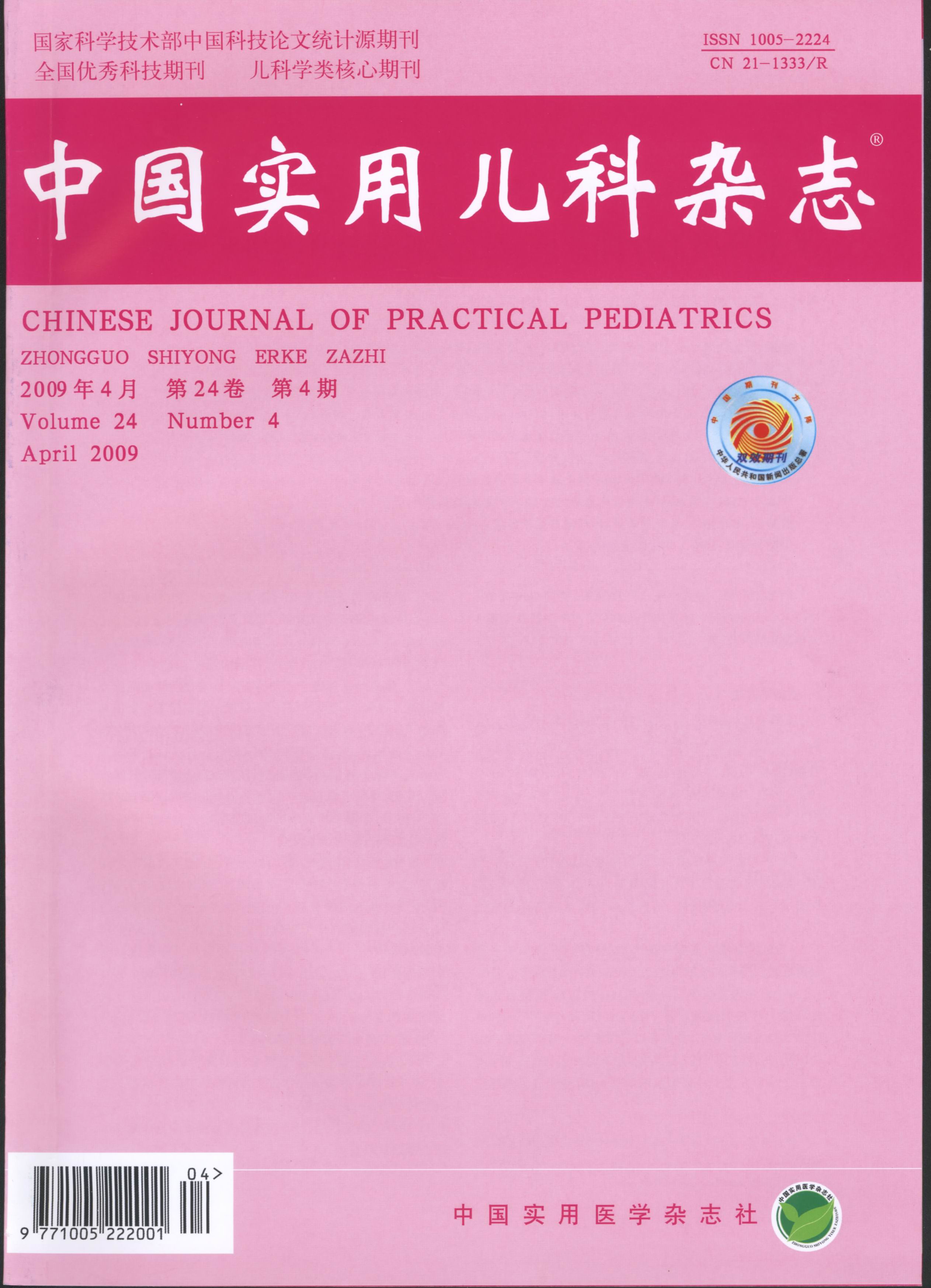Abstract:Objective To evaluate the clinical features of retinopathy of prematurity (ROP) and the long-term therapeutic effect. Methods The clinical data , ROP stage , the therapy and long-term prognosis of 107 preterm infants with ROP were retrospectively analyzed,who were admitted to Children’s Hospital of Fudan University between January 1, 2004 to July 31, 2009. Results Among 64 preterm infants with Stage 1 or 2 ROP, 6 infants with Stage 2 ROP developed to type I threshold ROP and received the laser therapy. All the follow-up infants except the death did not need special treatment without the vision affected later and the lesions of ROP were self-limiting. Fifteen infants were detected with Stage 3 ROP, of whom 14 infants had threshold ROP and received the laser therapy. Another one infant who did not develop to the threshold ROP had no treatment. Eleven follow-up infants had no blindness , but three infants’ vision was affected severely after the treatment and 8 infants had the normal vision. There were 28 Stage 4 or 5 ROP infants,but 18 infants were followed up completely. In follow-up infants , there was only one infant with the normal post-operative vision(5.6%), 12 ones had blindness after treatment (66.7%), and the remaining five ones had poor eyesight and were light-sensitive (27.7%). Conclusion It’s a key step to screening and intervention in time at the early stage of ROP. Otherwise the outcome is very poor when developed to the late stage with retinal detachment.

